Dell EMC's Goulden And Burton Discuss Software- Vs. Hardware-Defined Storage, Overlapping Storage Lines, And The Future Of Cisco In VxBlock
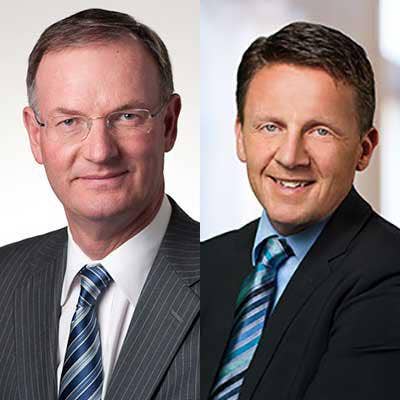
Dell EMC Navigates A Host Of New Technology Issues
David Goulden, president of Dell EMC, and Jeremy Burton, chief marketing officer for Dell EMC (pictured l. to r.), are helping the company navigate a sea of technology changes impacting the data center infrastructure business.
In this part of a two-part conversation, Goulden and Burton talk about why archrival Cisco Systems is still part of its billion-dollar Vblock/VxBlock business, why it is keeping its overlapping midrange Unity and Compellent storage lines, and why storage hardware will remain a key differentiator for the company even as it faces pressure from an industry rapidly adopting software-defined storage technology.
Read on to learn more, and then look for the other half of the discussion, which focuses on Dell EMC business issues.
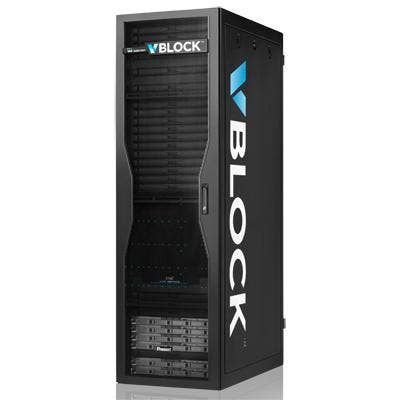
Dell EMC has said its Vblock and VxBlock business is growing. Is the Cisco component of that also growing?
Goulden: It’s growing. It’s growing with the Vblock business. I don't think there’s any significant shifting going on inside the block. Things go up and down a little bit based upon the individual configurations. The Vblock business growing lifts all ships that go into the Vblock business.
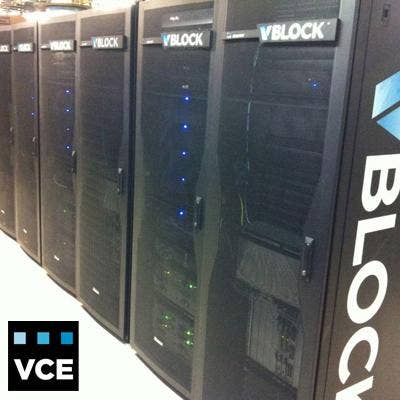
Do you expect the Cisco component to the VxBlock to decrease over time or not?
Goulden: No, we’ve committed that a Vblock will always be Cisco. Michael [Dell, Dell Technologies chairman and CEO] has made that clear, and Chuck [Robbins, Cisco CEO] has made that clear, and I’ve made that clear, made it clear to our partners, to our customers. There’s a multiyear road map, a multiyear support commitment. We’re not taking the 'C' out of Vblock.
Burton: That’s a good one: 'We’re not taking the C out of Vblock.'
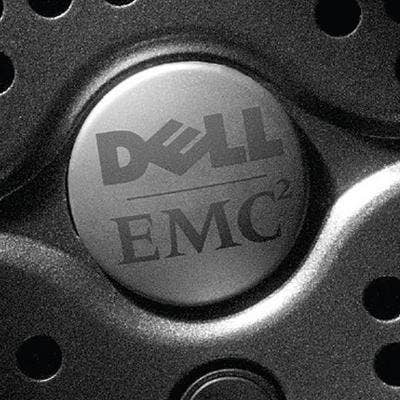
How has the consolidation of the Dell and EMC products gone since Dell in September closed the acquisition of EMC?
Goulden: The nice thing is how this combination [worked] compared to others. When you get a lot of major IT mergers, you often come along with two of everything. Then for every product, you have to say, 'This one, this one, this one, this one.' The only area we had any overlap at all is in midrange storage. Now, midrange storage is clearly an important part of the marketplace, but the thing is that we’ve just introduced or are introducing the next generation of each of the respective midrange storage families.
Which models?
Goulden: In the case of the EMC side, we just introduced Unity with a big R&D investment. On the Dell side, we just started to introduce the new SC Compellent series with the 9000, 7000 [already] out, and the 3000 and 5000 coming this year. We’ve made the big investments. The logical thing is let those investments roll, and let those products roll out. We’re not slowing down or merging the midrange product lines even though there’s overlap because we’ve made the big R&D investments. So we’re going to offer people choice. Over time, we’ve got plenty of time to work on this. We can bring them together over time, but that can happen over the course of four years. It doesn’t have to happen on day one.

Was that a hard choice to make?
Goulden: What could have been a very difficult decision became actually a very easy one. If we’d been at the tail end of the investment cycles, then you’d have to say, 'Wow, now I’ve got two products at the tail end of the investment cycle. Do I invest in one or both?' But we'd just finished. You know what these R&D cycles are like. You invest massively into a new launch. And that launch and the typical life cycle of a midrange storage platform are about three years. Why kill or restrict either one? Let them both roll out.
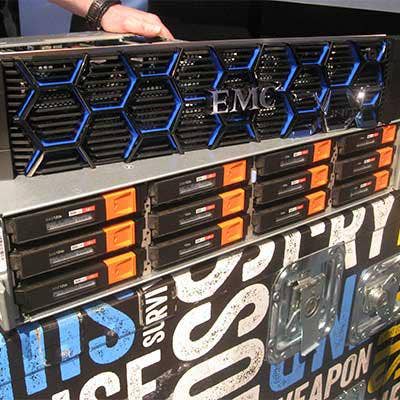
How much overlap is there between the two midrange lines?
Burton: IDC has got these price bands. The way they categorize storage systems, I think they’ve got, what bands. …
Goulden: One through 10, price bands one through 10.
Burton: Look where Compellent was strong, [it was price bands] one to three. If you looked at where Unity was, it was four to six. Now, there’s some overlap in the middle there, clearly. But by and large, the sweet spot for each product was in a different part of the market, which kind of reflects the Dell selling motion and the EMC, the differences in the selling motions. The other part of this was, potentially, here we capture market share by having two products from the get-go. We’ve made the R&D investment, and it seems that the sweet spot is different. … I don't think it was a really difficult decision.
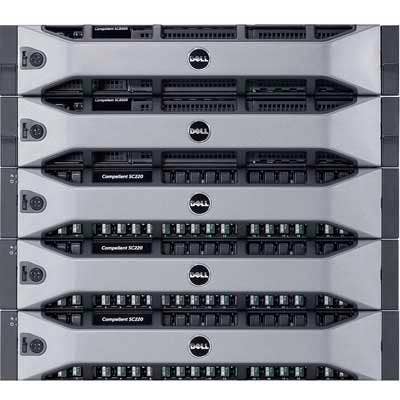
Wouldn't it be easier to have a single midrange line?
Goulden: We could have said, 'Well, let’s focus Compellent only in bands one through three and let’s focus Unity only in bands four through six.' Of course, that’s not where they operate. What that would have done is, it would’ve upset any Compellent customer who had a product in band four, five, six, and vice versa. The MBA theory would have been do that, but the pragmatic approach was, why tell a Compellent customer who has bought a high-end system it’s not important? … We just let the products roll.
We didn’t say, 'Hey, we’re going to withdraw the 7000 or the 9000 from Compellent.' We didn’t say, 'We’re going to withdraw the Unity 300,' which is what we could’ve done to make them fit in the price bands neatly. Then you’d say, 'Oh, the twin lines are neat.' But that would’ve just upset customers, upset channel partners.
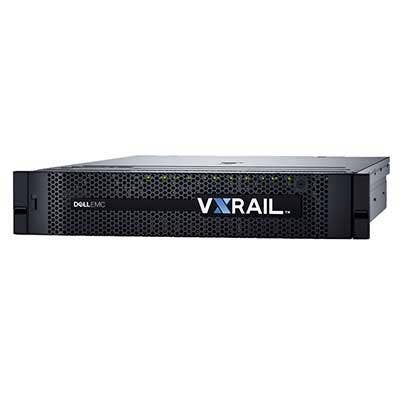
O n the hyper-converged infrastructure side, you’ve got the VMware VxRail, you've got Dell XC matched with Nutanix's software, and other vendor partners. Is Dell EMC planning on continuing to offer multiple flavors?
Goulden: Absolutely. … The XC series is a Dell EMC product. It’s got Nutanix software in there, but again, it’s a PowerEdge. It’s an appliance, a Dell-sold, Dell-supported, Dell-maintained appliance. One of our attributes here is choice and openness, so we’re absolutely going to continue to sell XC. We’re going to continue to sell VxRail. We’re going to continue to sell vSAN Ready Nodes. Now, I wouldn't include ScaleIO in there. Even though it is hyper-convergence, it’s simply not using that carriage. It's software-defined storage-led.
You saw how well VMware did. They had a $300 million run rate in their last quarter out of vSAN and VxRail software. You add that together with what Dell sells on XC series, what we know we sold on VxRail. I’m very confident we’re going to be a clear No. 1 in hyper-converged and a part of that is choice.
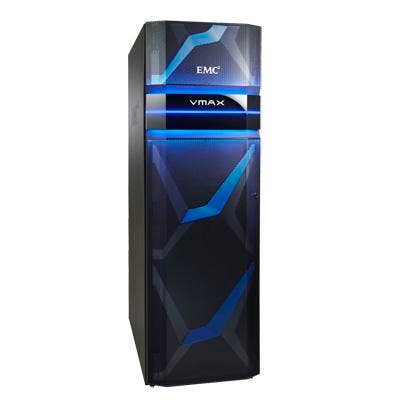
What are some other transitions Dell EMC is seeing after the merger?
Burton: I think the two areas that people have poked at and said, 'Oh, Dell EMC are in trouble.' One was all-flash. It’s like, 'Oh, you guys are the kings of disk. You’re never going to make the transition.'
I think by next year, we’ll have more [flash storage] than everyone else combined. I’m convinced with hyper-converged, we’re going to be in a similar position by the time we get into, I don't know what point this year we’re going to reach that point, but we will reach that point. These are the two areas where [people thought there would] be a stake through the heart in there.
Has Dell EMC moved any of its existing storage platforms completely away from disk?
Goulden: The new VMAXes going out are all all-flash. A customer will have to come screaming at us in order for us to sell disk because the economics are just different. ...

Do you see a time where Dell EMC will no longer sell systems that come standard with disk?
Goulden: No, I think the disk-drive manufacturers recognize that they have to keep moving downmarket. You have these very dense flash drives, 25-GB, 100-GB drives. There’s no doubt that flash is moving from the highest [end] all the way down the food chain. [But] there’s a place in cold and archive-oriented storage systems. So I think disk is around to stay for a long time.
Burton: But it’s at a massive scale, if you do the math, like an exabyte-scale system. I think if you save a penny a gigabyte, it’s $100 million. At a ridiculous scale, disk is still by far and away [less expensive]. Look, the big web scale guys could do it themselves and get the absolute minimal cost for that scale. It all adds up.
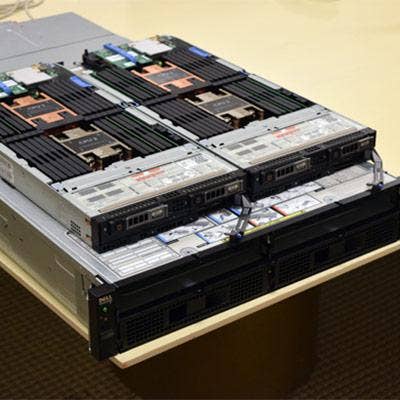
With the move to software-defined storage, now that EMC is part of a private company and less focused on hardware, do you see a time when sales of storage as software start to supersede traditional storage hardware sales?
Goulden: It’s going to be a combination of both. Obviously, there’s a lot of growth in software-defined environments. They need to run somewhere. Software-defined needs to run on hardware. So we’re going to fight hard to win both of those equations.
Software-defined storage systems, you can run them on industry-standard configs, but you could also optimize the silicon configs to really run the software-defined storage better.
How so?
We just introduced a series of [Dell] PowerEdge nodes, 25 configurations. It seems like a lot, but they’re optimized for different use cases to scale out. We’ll go to the customer and say, 'Hey Mr. Customer, we’ve got scale-out software, but we happen to think the best way to run it is on a Dell PowerEdge server. By the way, we’ve tested and qualified these things. You could go and do it yourself. We’ve done it for you and here is the number of configurations we’ve built, which are designed to optimize against that software-defined strategy.' We always let the customer make the choice. If they want to, we’ll make it as seamless as possible for them or as smooth as possible for them to want to buy both of those.
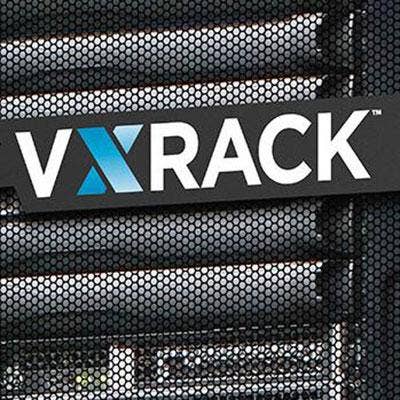
Any examples?
Burton: The VxRail and VxRack are probably great examples. Are we going to lean into software-defined? Well, yeah, but our observation has been that there are certain projects where they only want the software. But what’s clear is a lot of folks who say they only want the software, actually want a working system. The VxRack and VxRail, to me, are really, they’re software. It’s software.
You can buy vSAN and vSphere and vSphere and ScaleIO without the hardware. But by virtue of the fact that we package those things together, I think more people are going to buy those appliances and systems than are going to buy stand-alone software. Actually, the real benefit ... for the customer I think is in the automation. It actually ends up in an Opex saving versus strictly a Capex saving.

Is this a new way of looking at storage?
Goulden: We’ve actually seen this for four or five years. Our most mature in terms of our in-the-market pure software-defined storage product is our Elastic Cloud Storage, our object store, which has been in the market three or four years now. When we built the business plan for that, we assumed it was going to be 80 percent software and in 20 percent of the situations, [customers] would buy an appliance because we actually built an ECS appliance. It was very dense, easy to service, multiple petabytes in a single rack. Our initial business plan was no, people aren’t going to go and buy that. If they’re going to buy a software, they’re going to just buy servers themselves and rack and stack.

So what happened?
Goulden: It turned out to be the exact opposite. We sold 20 percent software only, and we sold 80 percent in the appliance form factor. Why? Because we pre-integrated, we pre-tested, we could support it from a single point of [contact], and the customer didn’t have to worry about it. They rolled it into the data center. The customer has a choice of either buying some software, going online, and buying a bunch of servers, configuring it up themselves, or they could place an order and a week later, a 4-petabyte rack appears in the data center with a software-defined storage environment.

What's wrong with going software-only?
Burton: [Customers think], 'All right, we got the software. Yeah, we found this supplier. We’ve got this Chinese supplier, and we’re just wondering can you [tell me] is it certified and supported?' And we're like, 'Hey, we sold you the software. … If it breaks, then I guess you should try and figure out where the problem is.' This is why customers are like, 'Ha, so if I’m going to save a couple of cents on the dollar by going and buying the white-box hardware, I might lose all of that saving with the first big outage because I’m troubleshooting it, not the vendor I bought it from.'
This is a dilemma [affecting] a lot of big companies. The web-tech companies, they’ve got enough horsepower, and tech is their business. They can blow through it. But there’s probably seven companies on the planet who can.
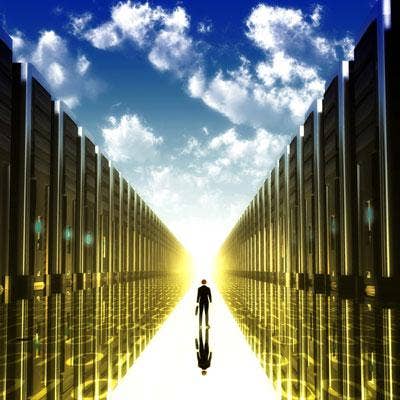
The example you gave about offering 25 configurations of servers for a software-defined application, is that something you could apply to several Dell EMC storage solutions, or is it unique to certain solutions?
Goulden: That would be applied to any environment where we've got only software-only. In the case of Elastic Cloud Storage, ECS, we had a number of different configurations. We built dense racks, not-so-dense racks, performance-oriented racks. Every time we’ve got a software-defined product, we want to have a number of hardware counterparts for it that are pre-integrated [and] tested. [We] let customers choose to either buy that appliance and software separately, or buy the appliance and the software together. ... I think in the case of ScaleIO, what we found so far is people do want to buy them separately.
Burton: A lot of the times what it comes down to is, 'If this breaks, well, you’ve got my back.' Honestly, a lot of these arguments start religious and architectural but finish with practicality and serviceability.
(For the second part of this conversation, click here)